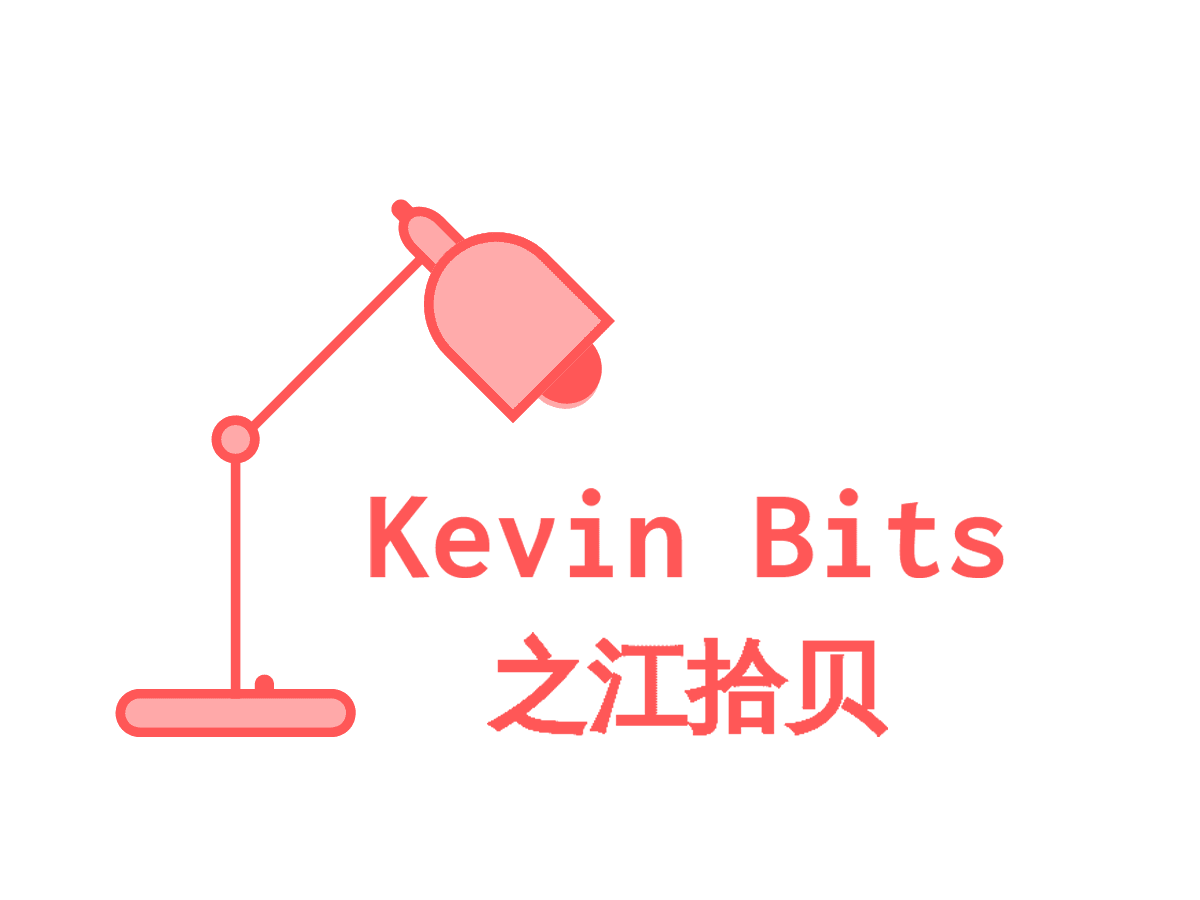The US economy expanded substantially since the economic reopen but its growth rates slowed in recent months. The disruptions to supply chain, domestically as well as globally are much more severe than expected. The demand side is simply following a normalization path, nothing like economy overheating. As a result, the prices of a number goods, including some commodities are moving high.
Annual inflation rate in the US reached 5.3% in August, following 5.4% reported in June and July. There have been a lot of debate on the nature of the current inflation dynamics, whether they are transitory or long lasting.
Within the Fed, most people hold the view that the current inflation is transitory, attributing to the calculation method and short term supply chain bottlenecks due to economic reopen. Fed chair Powell, at today’s testimony before the Committee on Banking, Housing, and Urban Affairs, calibrated his view a bit on inflation. “Inflation is elevated and will likely remain so in coming months before moderating. As the economy continues to reopen and spending rebounds, we are seeing upward pressure on prices, particularly due to supply bottlenecks in some sectors. These effects have been larger and longer lasting than anticipated, but they will abate, and as they do, inflation is expected to drop back toward our longer-run 2 percent goal.”
We need to understand that inflation is a measure of price dynamics of goods, but not all of them. There are many items of goods that are not components of inflation measurement, so there is a difference between what we are feeling of inflation and the inflation numbers themselves. Secondly, the Fed uses core inflation as an input/feedback to adjust monetary policies. Two major categories, food and energy, are NOT part of core inflation measurement. As these items their prices often fluctuate widely and frequently, making it hard for money policy to exert timely and effective impact on these prices. So there is a gap between what we think the Fed should do based on our experience of inflation, and what the Fed will actually do based on their interested portion of inflation measurement. If I use control engineering language, the Fed effectively has built a state space dynamic model for an inflation control system, the model is partially observable and partially controllable.
If we know the two gaps I pointed out, it will be easier to understand the argument and debate on inflation in news medias, often offering views on two sides of the single coin. I think lifting interest rate is a premature discussion topic for now and is a remote event. Yes, tapering is coming, but taper is a monetary ease, a reduced one.
